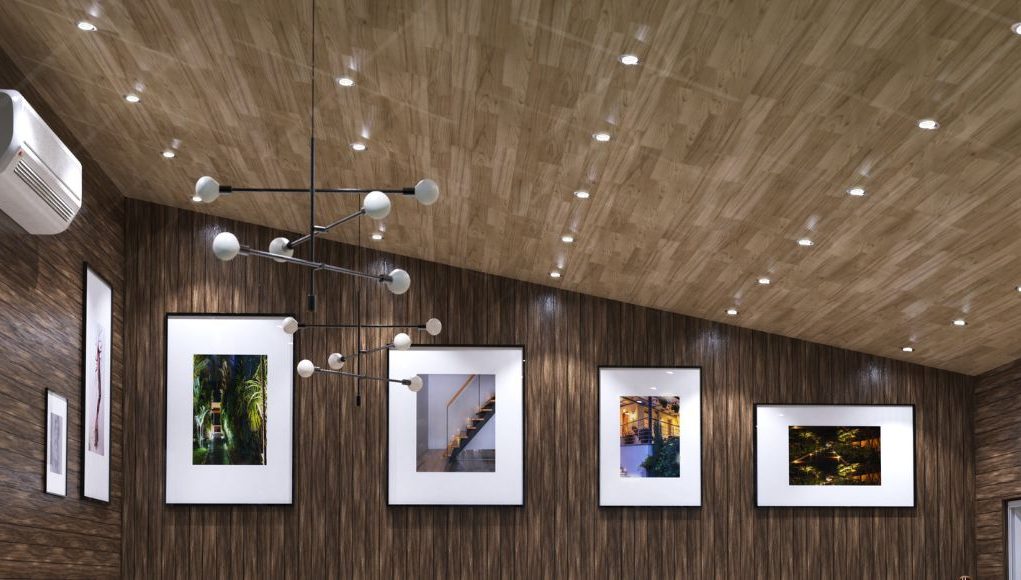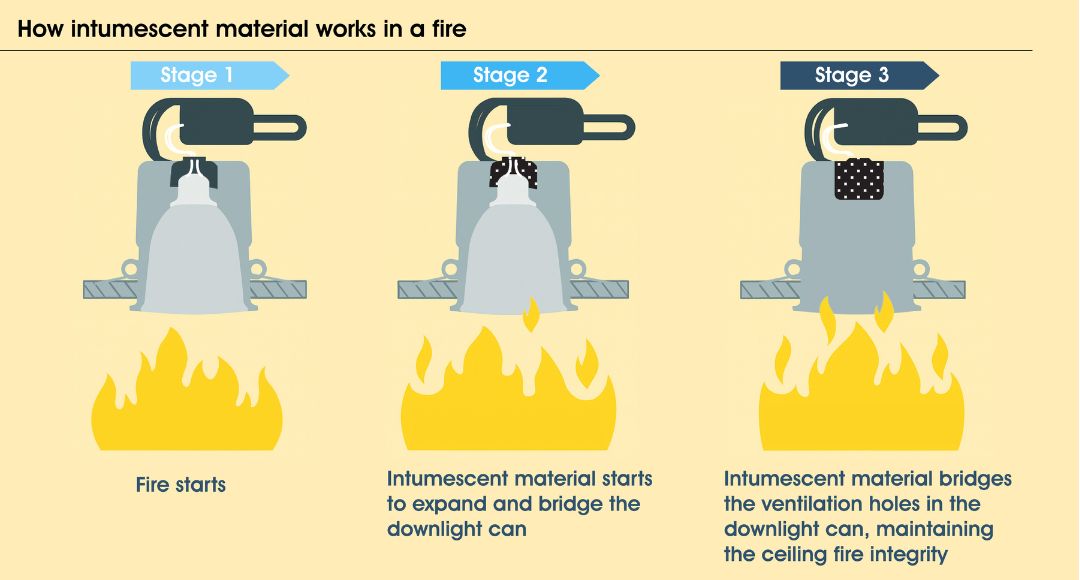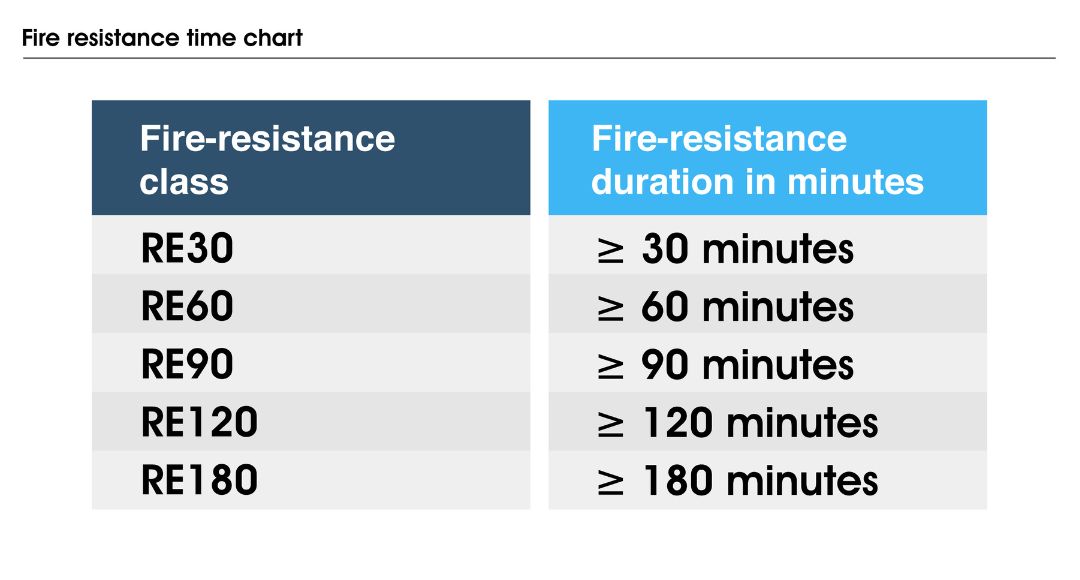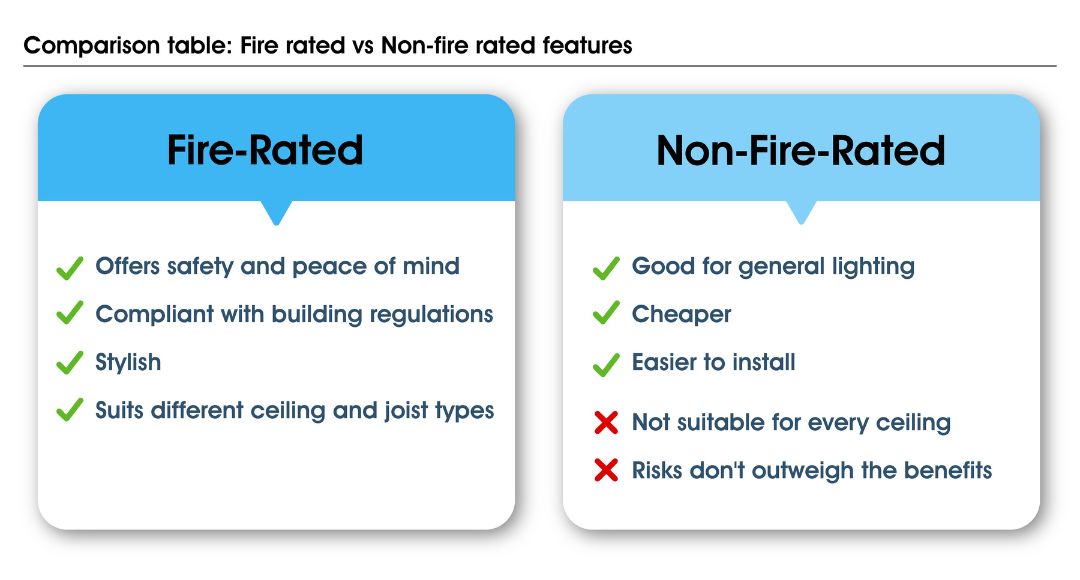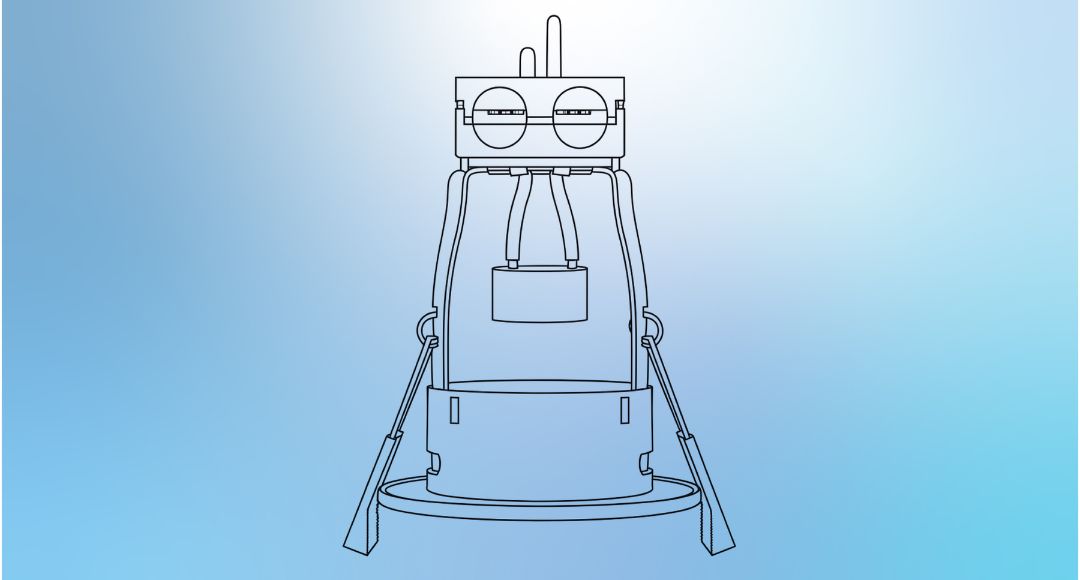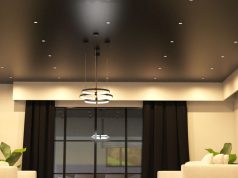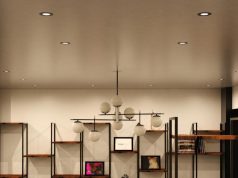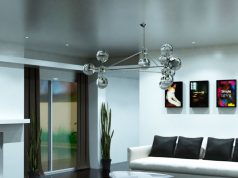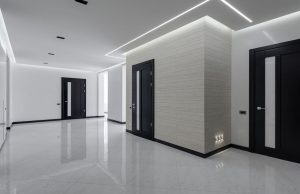Think of fire-rated downlights as the double agents of your ceiling. They light up your space like a superstar, and they secretly guard your home against fire spread. Yes, they’re that cool when things get too hot.
In this guide, we’ll uncover everything there is to know about fire-rated LED downlights: what they are, why they are essential for home safety, how to choose the right compliant lighting, and why these fancy-sounding fixtures deserve a spot on your ceiling.
What Are Fire-Rated Downlights?
At a glance, they look just like your standard downlights—sleek, stylish, and good at giving your space a clean, modern vibe. But if you look beyond the surface, fire-rated downlights are built with a very important mission: to preserve the fire integrity of your ceiling.
The Big Difference
Unlike standard fittings, fire rated downlights come with a clever little component: intumescent seal. This material swells up in the heat of a fire and plugs the cut-out hole of the fixture, slowing down the spread of the fire. Doing so buys you more time to get out safely.
Heroic, right?
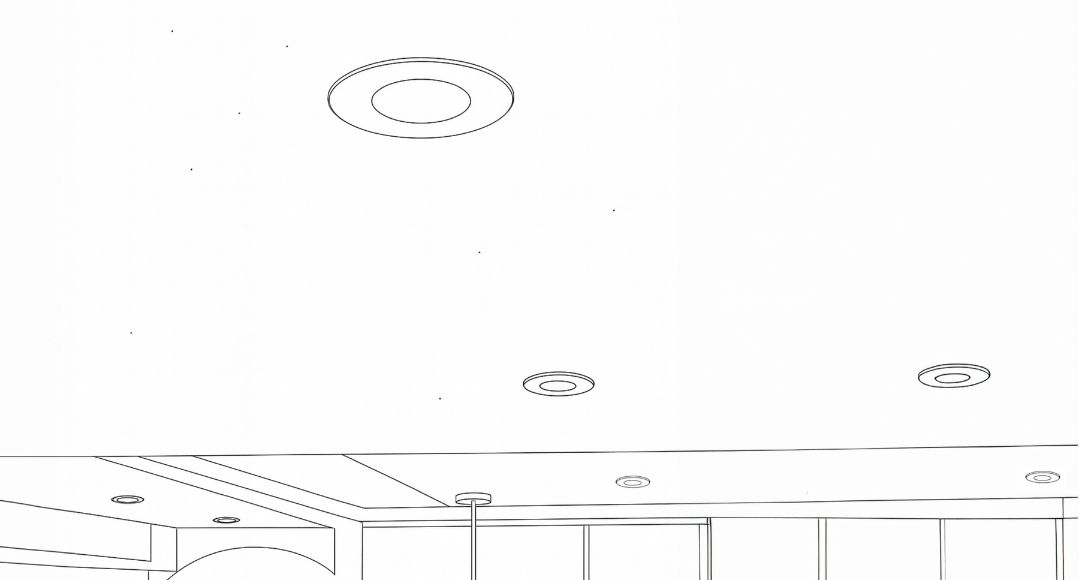
Why It Matters (Especially in the UK)
In the UK, your home’s ceiling is more than just a place to hang the Christmas lights. It’s a critical fire-stopping barrier. And cutting out holes in it to install your recessed lights is like poking holes in your umbrella under heavy rain.
Not the best idea, especially since there are regulations that manage and maintain the integrity of your ceiling’s fire protection. And you want to be in compliance with these regulations, for you and your family’s safety.
Why Fire-Rated Downlights Are Required
Okay, now let’s talk about rules. Not the boring kind, but the ones that could literally save lives.
Building Regulations
According to UK Building Regulations – Part B, fire-rated downlights are legally required in many domestic situations. One such situation is if you fit downlights under a habitable room (bedroom, lounge, home office, etc.), especially in multi-storey homes and apartments, you need fire-rated fittings.
Your Ceilings as Fire Barriers
Your ceiling is a horizontal firewall. When you install a downlight (or any recessed lights), the cut-out hole you make to fit the light in compromises that barrier. In the unfortunate event of a fire breaking out, the fire could creep through the gaps surrounding your lights and turn your loft into a bonfire in no time.
Fire-rated downlights? They keep those gaps sealed, preventing fire from spreading too quickly and giving you and your family more time to escape to safety.
How Fire Rated Downlights Work
We can’t talk about fire-rated downlights without looking at the science behind how they work. Don’t worry, it’s not rocket science, but it’s just as cool.
The Magic of Intumescent Materials
As we mentioned above, inside fire-rated fittings are intumescent materials. When exposed to heat (a.k.a. fire), these materials swell up like marshmallows and seal the hole in your ceiling. This then prevents fire, heat, and smoke from spreading up or below.
30, 60, 90-Minute Ratings
Fire-rated downlights are tested and rated for various durations, including 30 minutes, 60 minutes, and 90 minutes. The latter is best for high-risk areas.
You should have one installed to fit your ceiling’s current fire rating. If your ceiling’s rating is 60 minutes, use only 60-minute rated downlights; 30 minutes for 30 minutes, and 90 minutes for 90 minutes.
IMPORTANT TO NOTE:
A 90-minute rated downlight doesn’t mean it can compensate for a 60-minute and 30-minute rated ceiling. Each rating is separate and considered as a stand-alone rating.
Meaning, you should never mix different rated ceilings and fixtures.
Fire Rated vs Non-Fire Rated Downlights
It’s time we settled this.
The Pros and Cons
Non-fire-rated downlights are good for general lighting since they’re cheaper and easier to install. That said, they’re not suitable for every ceiling, and the potential risks associated with them outweigh their “cost-saving” benefit.
Fire rated downlights, on the other hand, offer safety, peace of mind, and regulatory compliance—all while looking just as sleek.
It’s recommended to prioritise fire-rated downlights for compliance and safety.
When Is Non-Fire-Rated OK?
Okay, so why make non-fire-rated downlights if you’re not supposed to use them? Well, you CAN use non-fire-rated downlights—but only in ceilings where fire resistance isn’t required, like single-storey extensions or certain outbuildings.
Otherwise, go with fire-rated downlights all the way. You’ll thank yourself later.
Where to Use Fire Rated Downlights
Standing by what we said, you ideally should use fire-rated downlights everywhere. But to be more specific, here are the best places to install them:
- Living Rooms & Bedrooms, especially with floors above.
- Kitchens: Heat + flammable things? Better safe than sorry.
- Flats, HMOs (House in Multiple Occupation), and new builds—legal must-haves.
- Timber joists or plasterboard ceilings – Fire can easily compromise these.
Choosing the Right Fire Rated LED Downlight
Not all fire-rated downlights are the same. Before you click “add to basket”, make sure to check the following considerations:
Certifications
First, look for compliance with BS 476 Part 21 or 23. These badges indicate that the light has undergone rigorous fire-resistance tests.
You should also verify BS EN 60598-2-2 compliance, which accredited testing laboratories have performed.
CE/UKCA markings also indicate that the downlight complies with the relevant European and UK safety standards, which include fire resistance requirements.
Insulation Compatibility
Ensure your downlight is compatible for use with insulation if you’ve installed it above your ceiling. Not all downlights are insulation-coverable. While some downlights are coverable by insulation, they usually have a maximum wattage requirement.
Protection Combo
Did you know that fire-rated downlights can also be water-resistant? Talk about a complete 180! For bathrooms and other damp areas in the house, opt for downlights that are fire-rated and IP-rated (IP65 or higher) to handle steam and splashes effectively.
Installing Fire Rated Downlights
Alright, now that you have the answer to the question, “Do I need fire rated downlights?” Let’s talk about installation.
Fit Matters
Here at Simple Lighting, we’re big believers in “Measure twice, cut once.” So, measure your cut-out size carefully. Your supplier should be able to provide you with the cut-out size of the specific fire-rated downlight that you have. (On the Simple Lighting website, you can check More Details on each product to see the cut-out hole requirement.)
Fire Hoods? Maybe.
Some retrofits may require additional fire hoods, especially when modifying older ceilings or using non-integrated fittings. Most fire-rated downlights do not need fire hoods.
Call the Professionals
It’s always wise to hire a certified electrician to help with the installations. They’ll make sure your fittings are safe and fully compliant. All you need to do? Enjoy your bright lights and safer space.
Conclusion
Fire-rated downlights are not just about style. They’re also not just about protection. They’re a combination of both in one fitting. But what are they really? Literal lifesavers. They help maintain the protective barrier in your ceiling, slow fire spread, and give you precious extra time in an emergency.
So, if you’re upgrading, renovating, or building, choose fire-rated downlights. Because the real power combo? It’s looking great and staying safe.
Explore everything you need to know about LED downlights in LED Downlights – Choose the Best Type for Any Room.


